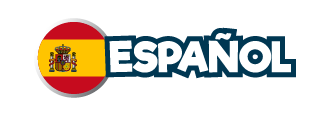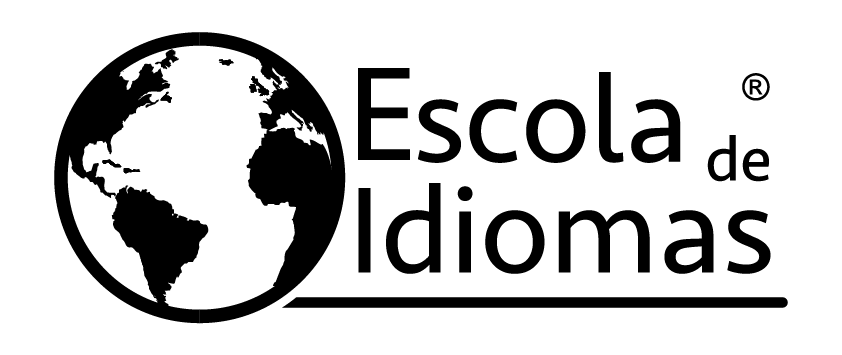Curso de Español Para Extranjeros

More than 400 million people around the world (40 million in the United States alone) have Spanish as their native language, and many study it as their second language. Spanish is the fourth most spoken language in the world, surpassed only by English, Mandarin and Hindi.
Spanish is the second most used language in business and trends indicate that by the year 2050 there will be 550 million people speaking this language in the world.
This language has become one of the main communication vehicles in diplomatic media, global trade, sports competitions, tourism, meetings of world political leaders, congresses on science, technology and others. That is why it is very important to know the Spanish language so as not to feel isolated in today's globalized world.
Make your registration
More than 400 million people around the world (40 million in the United States alone) have Spanish as their native language, and many study it as their second language. Spanish is the fourth most spoken language in the world, surpassed only by English, Mandarin and Hindi.
Spanish is the second most used language in business and trends indicate that by the year 2050 there will be 550 million people speaking this language in the world.
This language has become one of the main communication vehicles in diplomatic media, global trade, sports competitions, tourism, meetings of world political leaders, congresses on science, technology and others. That is why it is very important to know the Spanish language so as not to feel isolated in today's globalized world.
Make your registration

Custom Lessons
Small classes mean more personal attention for each student. You will improve quickly because you will have many opportunities to communicate with your classmates and teachers.

Real Communication
You will be talking as much as possible and learning to communicate in different types of situations.

Quality seal
Our students can choose a variety of programs according to length, intensity, interest level and specific needs.
¿Hablas Español?
We invite you to do this simple Spanish Test to define your Language Proficiency.

Invasion
The Spanish had a strong influence from Vulgar Latin. Between the third and sixth centuries, the language assimilated Germanisms through the Latin spoken by the Romanized barbarian peoples who invaded the peninsula.

Castilian
The Spanish expanded through the Kingdom of Castile (northern Spain) to the center and south of the Iberian Peninsula during the Middle Ages. It later received the name Castilian (Castilian) or Castilian language (Castilian) because it was the language of the medieval kingdom of Castile (Castilla).

Expansion
With new territorial conquests at the end of the 15th century, the language spread throughout the United States and experienced numerous variations, in some cases through popular use and in others, spreading across countries.
Spanish has become the mother tongue of countries such as Argentina, Bolivia, Chile, Colombia, Costa Rica, Cuba, Ecuador, El Salvador, Guatemala, Honduras, Mexico, Nicaragua, Panama, Paraguay, Peru, Puerto Rico, Dominican Republic, Uruguay, Venezuela, as well as the official language in Equatorial Guinea (Spanish colony in Africa), the Philippines (Spanish colony in Asia) and Spain.

4th Language
The current Spanish language is considered the fourth most spoken in the world and is not limited to native speakers, who already exceed 300 million people. This number grows every year due to the number of people who learn the language as a foreign language.
How it all began
How it all began

Invasion
The Spanish had a strong influence from Vulgar Latin. Between the third and sixth centuries, the language assimilated Germanisms through the Latin spoken by the Romanized barbarian peoples who invaded the peninsula.

Castilian
The Spanish expanded through the Kingdom of Castile (northern Spain) to the center and south of the Iberian Peninsula during the Middle Ages. It later received the name Castilian (Castilian) or Castilian language (Castilian) because it was the language of the medieval kingdom of Castile (Castilla).

Expansion
With new territorial conquests at the end of the 15th century, the language spread throughout the United States and experienced numerous variations, in some cases through popular use and in others, spreading across countries.
Spanish has become the mother tongue of countries such as Argentina, Bolivia, Chile, Colombia, Costa Rica, Cuba, Ecuador, El Salvador, Guatemala, Honduras, Mexico, Nicaragua, Panama, Paraguay, Peru, Puerto Rico, Dominican Republic, Uruguay, Venezuela, as well as the official language in Equatorial Guinea (Spanish colony in Africa), the Philippines (Spanish colony in Asia) and Spain.

4th Language
The current Spanish language is considered the fourth most spoken in the world and is not limited to native speakers, who already exceed 300 million people. This number grows every year due to the number of people who learn the language as a foreign language.
INTERNATIONAL CERTIFICATES OF LANGUAGE SUFFICIENCY
Foreign language proficiency tests are one of the requirements to enroll in undergraduate courses abroad or to compete for scholarships. The countries of the European Union, in general, follow a common table of language proficiency levels. The scale is divided into six levels, ranging from A1, the most basic, to C2, expert. In general, the requirement to study abroad is B2 (equivalent to an advanced intermediate) or the levels above this, which are C1 (fluent) and C2 (native).
DELE
SIELE






